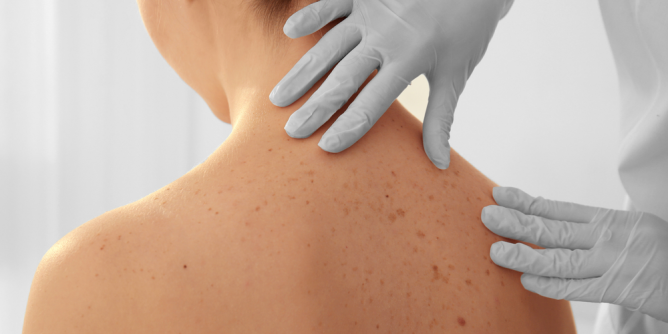
A microscopic process called Mohs surgery is performed to remove cancer cells from healthy skin. Its above-average success rate is based on the notion of ‘margin control,’ which ensures that 100 percent of the tissue margin is checked and that skin cancer cells are consistently removed without compromising healthy skin tissue.
It is the least invasive approach to remove skin cancer cells. This is vitally crucial when skin cancer is found near or on the eyes, nose, or lips. Less tissue loss results in a minor wound, easier repair, faster recovery, and less patient discomfort.
Mohs surgery Venice is known for: –
- It has been proved in numerous trials to have the highest cure rate for skin cancer.
- It causes wounds, which are generally treated right after the treatment.
- It eliminates only the cancerous tissue, leaving only a small amount of good tissue behind.
- It has doctors who have undergone considerable training and are professionally trained.
- It has the potential to leave a smaller scar than previous therapies.
- It leads to a faster recovery.
- It may be used to treat practically all forms of skin malignancies.
Benefits of Mohs Surgery
-
It has the highest cure rate.
According to studies, Mohs surgery Venice has a cure rate of 99 percent or greater for most skin malignancies. Mohs surgery has been demonstrated to offer the highest cure rate for skin malignancies.
-
Errors associated with other skin cancer therapies are reduced.
Many skin cancers can be removed with routine surgery, which entails one physician doing the operation and another physician performing the pathology to ensure the specimen is cancer-free. But in Mohs surgery Venice, one physician serves as both. This eliminates the potential of a misunderstanding between the surgeon and the pathologist.
-
Minimizes surgical risks and scars by reducing the quantity of good tissue removed.
Because of Mohs’ precision in diagnosing cancer, healthy tissue is spared. Because the surgeon is confident that Mohs will discover cancer, the surgeon can take less skin around the lesion. Suppose cancer is found microscopically near the specimen’s margin.
In that case, the Mohs surgeon will mark a paper (or digital) map of the specimen to indicate cancer’s location, which is returned to the patient in the surgery room. Only the Mohs treatment allows for this procedure, which is known as “microscopic mapping.” Surgical risks and scars are reduced to a minimum because the malignancy is removed with only a little portion of normal skin.
Conclusion
Cancer is diagnosed using Mohs surgery Venice, by removing tissue layer by layer, in a controlled and meticulous manner, much like a modest archaeological expedition.
This way, the surgeon can effortlessly assess each layer of your skin and tissue to differentiate between the malignant tissue and healthy ones and treat them accordingly. This enables the surgeon to locate and remove all malignant tissue with the least amount of healthy tissue loss and scarring possible.






